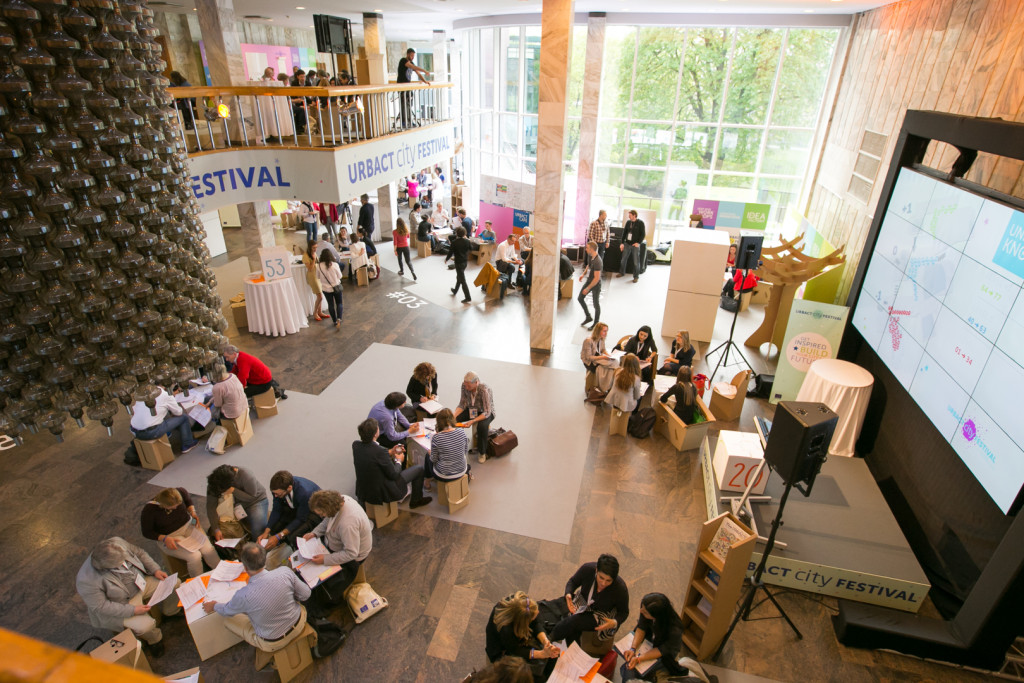I love URBACT. Don’t get me wrong. I know URBACT is not perfect, and I am not idealising it. But I love it. Because as an EU programme, it corresponds to me to a carebears’ world I had long be longing for.



Let me tell you where I am coming from. During a few years, I worked on the evaluation of many EU programmes dealing with communications, environment, consumer protection or support to businesses. Without being highly experienced or knowledgeable on each programme, every time we started such a study, I could bet what the conclusions and recommendations would be: the participants of such EU-funded projects wanted more interaction, greater exchange with other projects, they wanted to be part of a network, to share their successes and failures. They were seeking a feeling of community. Of an EU one. More than that, they wanted to be valorised. They wanted to feel that beyond what they were doing locally, their actions could have an impact: maybe they could have been replicated somewhere else? Or maybe they could have raised the interest of some political actors? Maybe they could have made a difference for the public policies of the given field? Maybe the constraints related to the management of the project (restricted budgets, coordination and monitoring, potential and real audits, etc.) would have made it worth through wider societal and/or EU impact? The way the projects were carried out and the programme managed reflected a traditional isolation from reality, real-life experience and desk-based management divide. In short, as too often contested, the EU was far away from the reality it was seeking to (rightfully) support.
What these programmes seemed to be lacking was a sense of conducting them with a constantly revised approach, a reflexive view on the best way to address the target groups’ needs, within evolving frameworks, leaving some room for learning and exchange, not only at project level but also at programme management one. We were far away from any precepts of reflexive governance or transition approach/management [1], [2].
URBACT showed me that there is a life out there, that even at EU level, we could find an organisation whose vision is to actually make it valued. I am fascinated by this programme which promotes social innovation both as a means and as an end. It is indeed about “investing in people not in bridges”. It seeks to stimulate dialogue and knowledge exchange amongst the different actors of European cities (city policy-makers, decision-makers and practitioners) and to develop sustainable solutions on a wide range of issues (of which integrated urban renewal, citizen participation and economic development and employment). Such urban development is prompted to follow an integrated and participative approach, and this is the purpose of the networks funded through this scheme[3]. One of the objectives of the programme is indeed to foster exchange of experiences between municipalities. It is also about disseminating the good practices and lessons drawn from the exchanges and ensuring the transfer of know-how (notably through capitalisation and dissemination processes[4]). Finally the programme seeks to assist city policy-makers and practitioners, as well as managers of Operational Programmes, to define action plans for sustainable urban development[5]. For this, the programme as developed a multi-stakeholder approach reflected in the URBACT method[6].
Through this user-centered approach, URBACT has developed a “let it go” attitude in the sense that municipalities are free to develop their projects as they wish. Let’s be clear, they are not left alone: they are provided the support of a Lead expert to facilitate the exchange between network partners, Thematic experts for specific expertise, and a wide range of tools and activities (capacity-building sessions, co-creation tools, capitalisation works). Networks are not totally out of boundaries either as they need to follow strictly the rules of the programme, and even to complete what sometimes seem outdated administrative forms. However, URBACT does operate a delegated form of management by empowering municipalities in their own actions.
How does it do it? Maybe the key element is that it does apply the principles it shares with its beneficiaries to itself. It can do so because the people who manage it believe in it. URBACT is changing deeply the people who work with the programme, within its management structure and within the funded project.
In addition, its managing body, the URBACT Secretariat, is composed of a range of people who are unique at the same time as complementary. They have their personalities and interests which make the programme full of life. It actually gives it a human face as it is tangible, accessible, fun but also because the URBACT Secretariat is composed of people with (first) names and faces and not an obscure email address. These people feed the way the programme is managed. Their creativity is also they create constructive approaches of working together through interaction in an extremely serious but joyful way. As only a few examples, you can check their visuals, co-creation tools or events’ atmosphere.
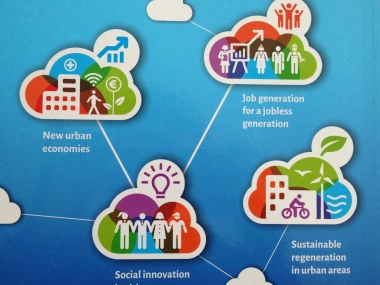
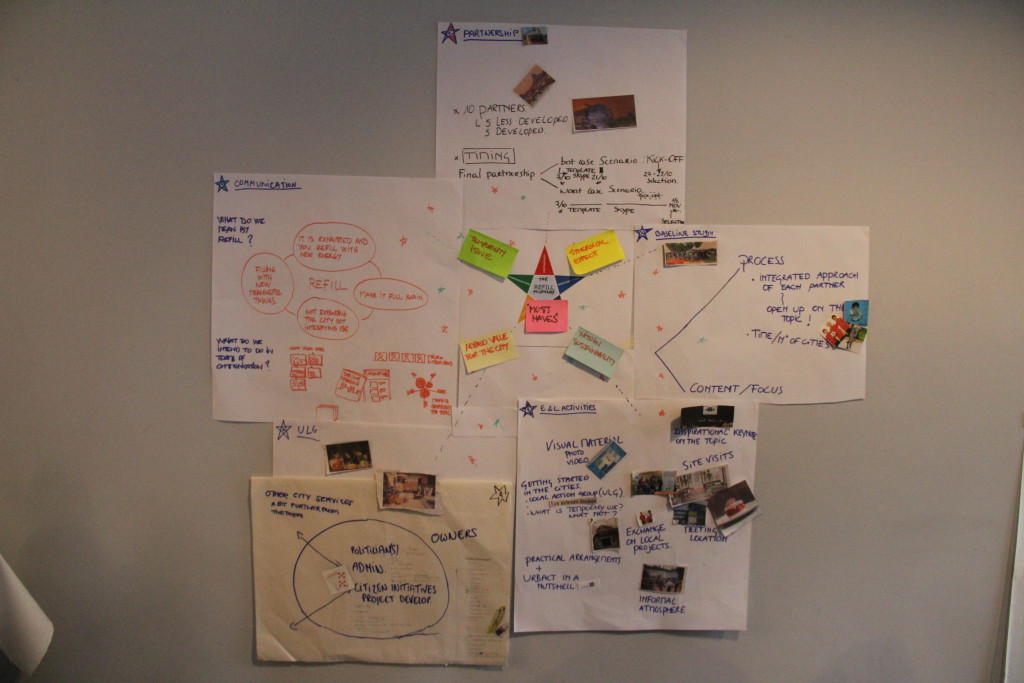
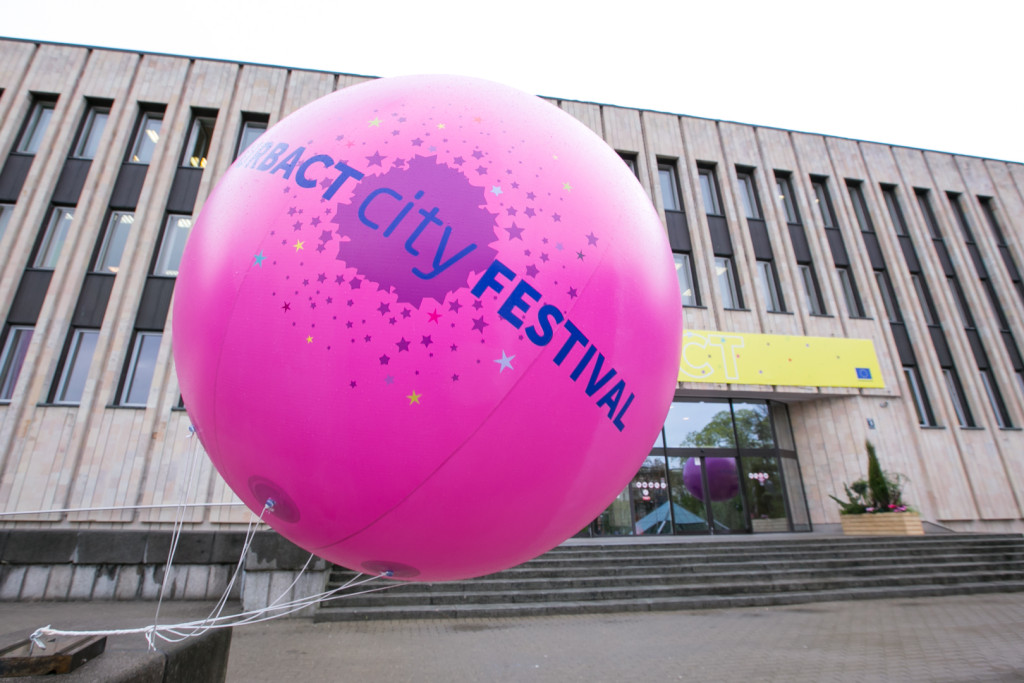
Beyond this personalisation of URBACT, the programme is constantly trying and experimenting. It is open to new ideas. It listens to its beneficiaries and take their feedback into consideration for its improvement. It is constantly learning.
URBACT Secretariat also recognises it cannot do it alone, or should even sometimes not do so. For example, the Programme Experts play the intermediary between the Secretariat and projects: they have a complimentary expertise and maybe more than this, the neutrality to mediate between what remains a management structure and the work on the ground. They also ensure a feedback function to the Secretariat as well as to the projects.
Finally, URBACT is about a community. Back in October, I had registered to a few OpenDays sessions in relation to some previous URBACT and non URBACT work. Throughout the three events I attended, I bumped into a handful of URBACT-related colleagues. It was unplanned. There were no immediate reasons for us to meet. Fair enough, we were brought together through common interest on sustainable food, municipality management, or social innovation applied to administration. Still, the URBACT “community” in such events appeared to compose between 10 to 20% of participants. It seemed huge to me. Or maybe is it reassuring? URBACT is bringing together people who want to act with the same societal goals, through various skills and expertise. Or is it URBACT that creates those interest, skills and expertise?
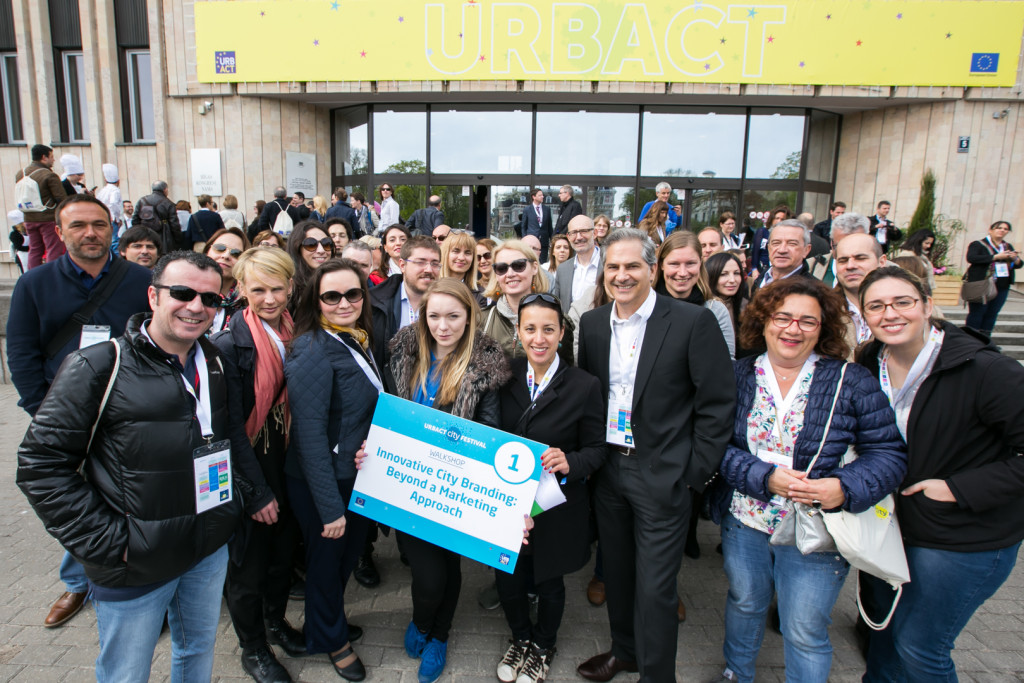
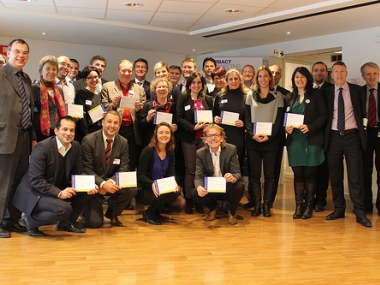
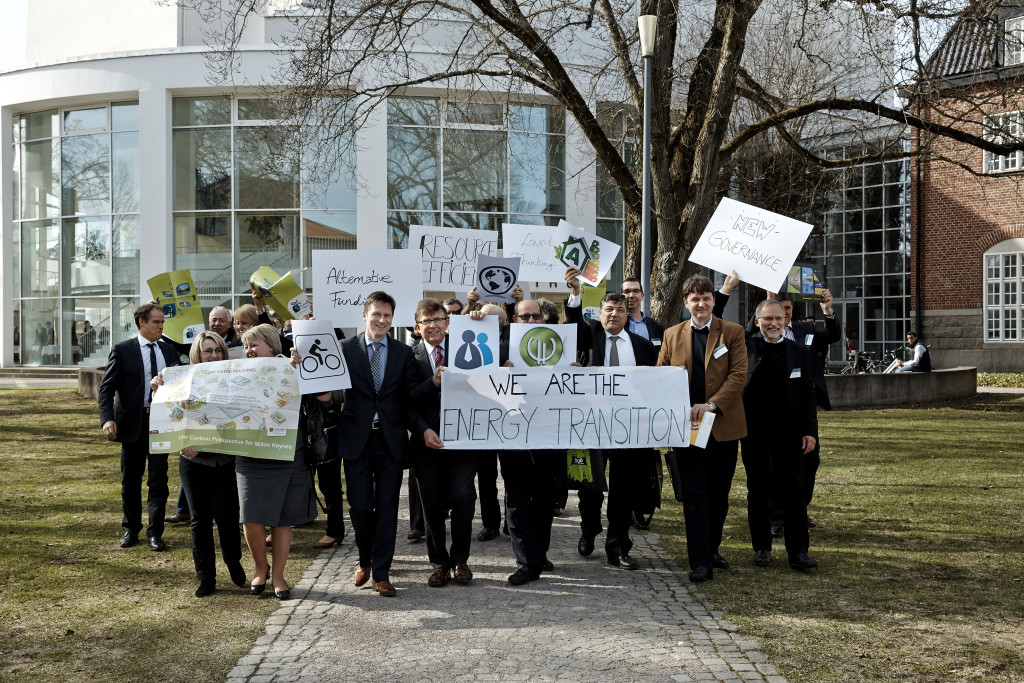
I am wondering what the impact of URBACT is and to which extent it can go beyond what it has achieved so far. More particularly, a few questions remain to me:
- What is the personal and individual learning experience of the URBACT community members?
- To which extent can a given local URBACT experience instigate a shift in the way a city is governed?
- To which extent could the URBACT methodology be applied or adapted to other EU and national funding schemes and programmes?
- To which extent is there policy learning from the URBACT experience to the other spheres and levels of EU cohesion and regional policy?
As such, URBACT could be a great ground for learning and experimentation. It might be worth taking it as a case study for a research project.
References
[1] R. Kemp, D. Loorbach, and J. Rotmans, ‘Transition management as a model for managing processes of co-evolution towards sustainable development’, Int. J. Sustain. Dev. World Ecol., vol. 14, no. 1, pp. 78 – 91, Feb. 2007.
[2] J.-P. Voss, D. Bauknecht, and R. Kemp, Eds., Reflexive governance for sustainable development. Cheltenham, Glos, UK ; Northampton, MA: Edward Elgar, 2006.
[3] URBACT, ‘What we offer: transnational exchange’, 2016.
[4] URBACT, ‘What we offer: capitalisation and dissemination’, 2016.
[5] URBACT, ‘What we offer: capacity-building’, 2016.
[6] URBACT, ‘The URBACT method in video’, 2016.

